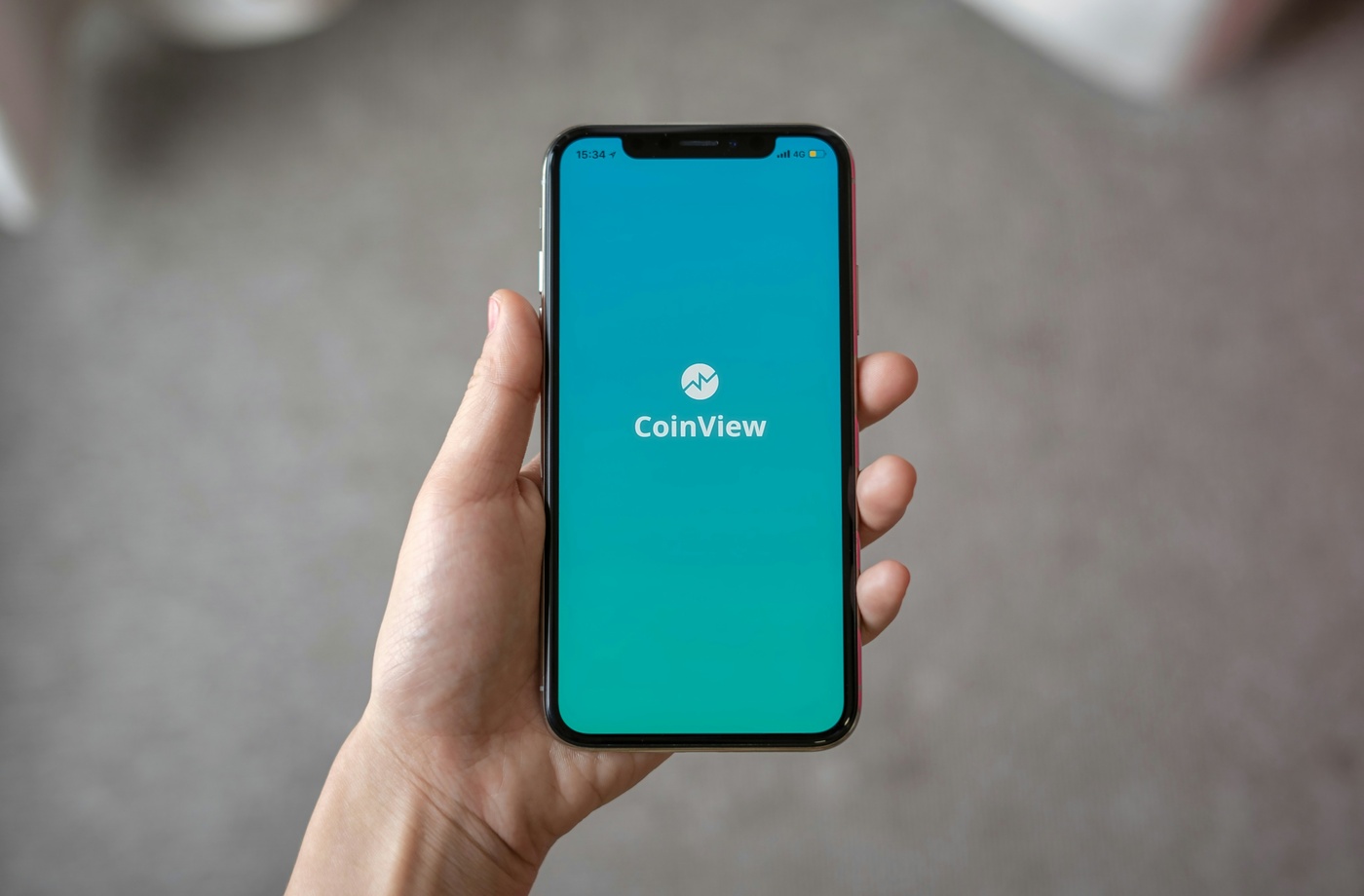Shopping for a new phone plan often feels like navigating a maze of promises: unlimited data, free phones, and promotional discounts. However, hidden fees buried in the fine print can quickly inflate your bill. Before you sign up for a new plan, make sure you know what extra charges to watch out for. Here is a breakdown of the most common hidden fees—and how you can avoid them.
- Activation Fees
Many carriers charge a one-time activation fee when you start a new service or add a new line. This fee typically ranges from $20 to $45 per line. Some providers will waive it if you activate online rather than in-store, so always ask before finalizing your purchase.
- Upgrade Fees
Even if you are eligible for a device upgrade, some carriers still charge an upgrade fee just for switching to a newer device. This can cost between $30 and $50. Watch for this extra cost when buying a new phone on an installment plan.
- Early Termination Fees
If you leave a contract early, you might be hit with a hefty early termination fee (ETF). While many carriers have moved to installment plans, older contracts and some small providers still enforce ETFs. Always review your contract’s terms carefully.
- Overage Charges
Although unlimited plans are more common today, limited data, call, or text plans still exist. Exceeding your plan’s allowance can trigger substantial overage fees. Monitoring your usage closely can help prevent these unexpected charges.
- Administrative Fees
Administrative fees are often listed vaguely on bills and can cost a few dollars per month. These charges supposedly cover regulatory compliance and operational expenses. While small individually, they add up over the year.
- Regulatory and 911 Fees
Government-mandated fees support emergency services and regulatory costs, but the amounts vary dramatically by state and carrier. According to the FCC, these fees can make up a noticeable portion of your monthly bill.
- SIM Card Fees
If you are setting up a new line, you might be charged a SIM card fee of $5 to $25, even if you already own a compatible device. Some prepaid carriers also tack this on when buying new service kits.
- Roaming Charges
Traveling outside your carrier’s network or internationally can trigger steep roaming charges. Although many plans include some roaming protections, it is essential to double-check what is included before traveling.
- Insurance Premiums
Phone insurance often sounds smart, but premiums can quietly appear on your bill. If you signed up during a device purchase, check your monthly statement to ensure you still want or need the coverage.
- Paper Billing Fees
Some carriers charge a small fee for mailing a paper bill instead of using email billing. If you prefer digital communications, opting out can save you a few dollars each month.
How to Spot and Avoid Hidden Fees
- Read the fine print: Thoroughly review plan details, even the sections marked “additional charges.”
- Ask direct questions: Before committing, ask about all one-time and recurring fees.
- Use comparison tools: Websites like WhistleOut provide side-by-side comparisons that highlight hidden costs.
- Monitor your bill: Regularly check your monthly statement to catch any new or unexpected fees.
Understanding and identifying these hidden charges can help you choose the right plan and avoid paying more than necessary.



